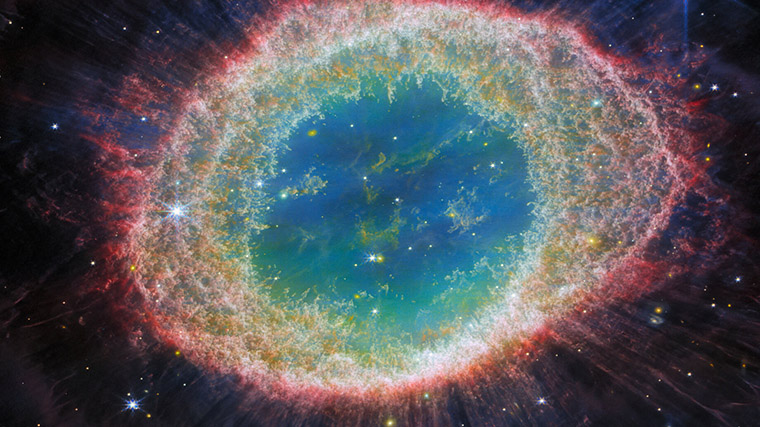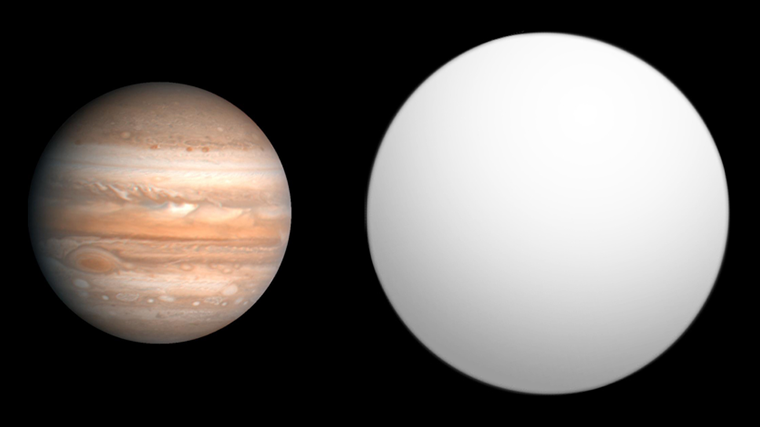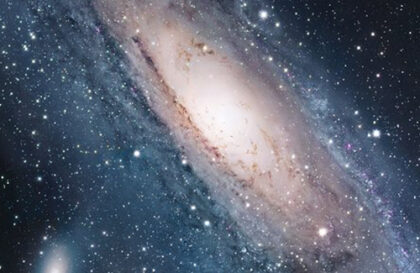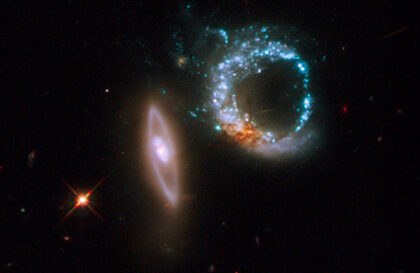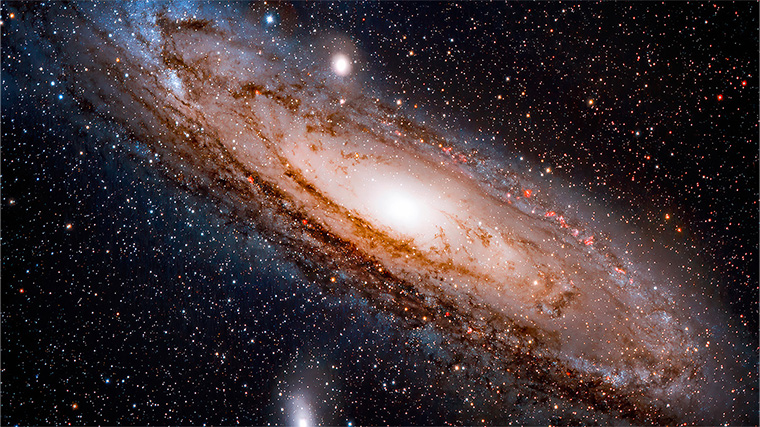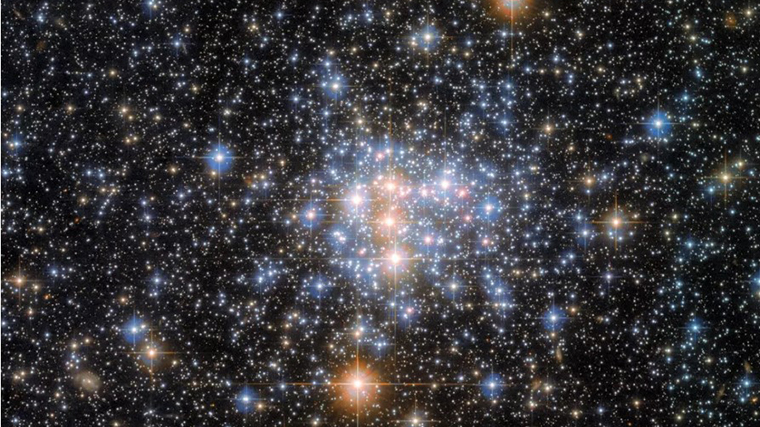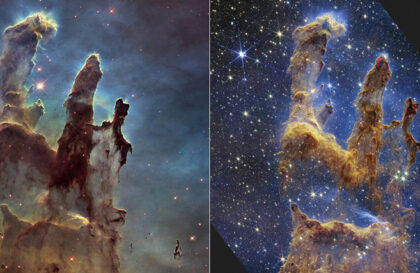Approximately 2,200 light-years away lie the remnants of a dying star, forming a structure known as the Ring Nebula. On August 21, 2023, the James Webb Space Telescope (JWST) reportedly provided a beautiful new image of this significant astronomical formation.
The image surprises with an abundance of details. The bright ring that gives the nebula its name is made up of about 20,000 dense molecular gas clusters, each about the mass of Earth.
The Ring Nebula, also known as Messier 57, is one of the outstanding examples of planetary nebulae in astronomy. Despite the name, the term “planetary nebula” can be misleading as it is not associated with planets. These formations are regions of cosmic gas and dust formed from the outer shells of dying stars. In the case of the Ring Nebula, its spherical shape and resemblance to the Sun make it quite prominent.
Once upon a time, planetary nebulae were thought of as simple spherical objects with a dying star at their center, hence their name. Just a few thousand years ago, this star was a red giant, gradually losing its mass. Now, in the final chapter of its evolution, the hot core is ionizing the ejected gas, causing the nebula to glow colorfully.
The JWST Space Telescope, which has led to a new image of high definition and detail, has made it possible to reveal the complex aspects of the structure and glow of the Ring Nebula.
What did JWST discover?
The European Space Agency (ESA) has released a new image that reveals the features of the Ring Nebula from a unique viewing angle. This graph shows a direct view of one of the pillars of the structure, while highlighting the bright central barrel of material directed towards the observer. It should be noted that this image represents a three-dimensional scene.
The Ring Nebula, compared by the ESA to a distorted donut, contains a region in the center with material of lower density, also directed away from the observer. The central star inside this structure is on its way to its final stage of evolution – the transformation into a white dwarf, otherwise called a corpse star.
The process of star death is accompanied by the ejection of outer gaseous shells, which causes the formation of a bright “ring” part of the Ring Nebula. This is clearly visible in the new JWST (James Webb Space Telescope) image. With a state-of-the-art army of infrared sensors, the JWST has achieved unprecedented spatial resolution and spectral sensitivity, making it possible to unravel the complex structure of this astronomical object.
The new data revealed details of the inner ring and ten concentric “arcs” in the outer regions of the nebula. These arcs appear to have formed every 280 years as a result of the ejection of the outer layers by a companion star orbiting the central star.
The team was able to spot several “curious spikes” pointing directly from the central star inside the ring. These so-called bursts appear to have been only faintly visible in images taken by the Hubble Space Telescope.
The combination of infrared sensors and JWST’s spatial resolution made it possible to see this subtle effect. Thus, it was possible to reveal details previously inaccessible to detailed analysis.
The telescope captured this corner of the universe in high resolution, and the scientists added mesmerizing green and purple filters to create a pretty gorgeous scene that we can admire.
As a result of these new JWST observations, the question has arisen of how a common old spherical star managed to form such an ornate nebula as this one. Roger Wesson of Cardiff University’s theory that the star has a helper object looks solid, but follow-up observations will provide the answer.
Let me remind you that the telescope is located at a distance of 1.6 million kilometers from the Earth at the Lagrange point.
Credit рhoto:
https://www.esa.int
https://www.esa.int
